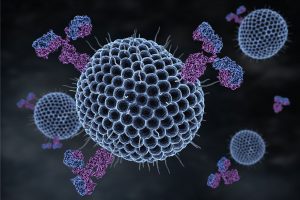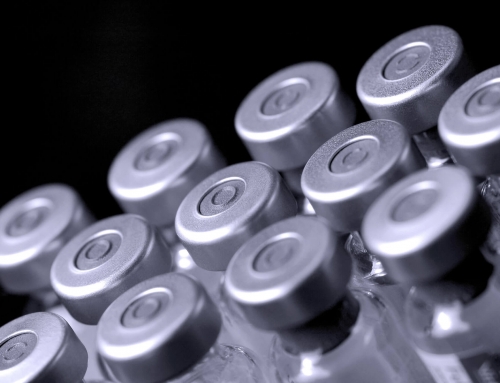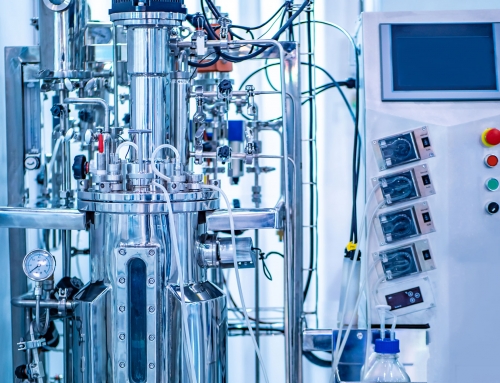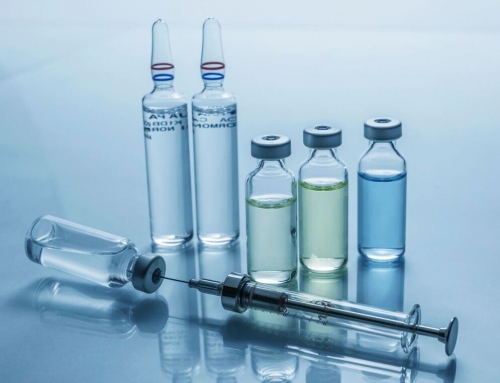In the last few years, monoclonal antibody (MAb) products have become some of the top-selling drugs in the world. In fact, the biologics market as a whole, which already accounts for more than 20 percent of drug sales worldwide, is growing at a rate of anywhere from 10 to 15 percent per year. This includes everything from proteins and nucleic acids to vaccines, cells, and even viruses.
The popularity of biological products means an increase in demand, which has led new competitors to begin processing biologics products. This, in turn, leads to unique challenges, as biologics tend to be much larger and more complex than other molecules that may be involved in pharmaceutical manufacturing.
Let’s take a look at just one example: An aspirin molecule has an atomic size of around 21 atoms, while a MAb such as trastuzumab has an atomic size of around 25,000 atoms. In other words, biologics can be more than a thousand times larger and more complex than chemically synthesized drug molecules.
Because biologics are extracted from living sources, the supply chain is also necessarily more complex than in “traditional” pharmaceuticals, while their status as living molecules requires care to be taken in processing, handling, and storage.
Maintaining protein structure and stability is a vital concern for biologics fill-finish operations.

It’s safe to say that biopharmaceuticals are unlike other molecules in many ways. One of these is that they rely heavily on a complex three-dimensional molecular structure for their biological activity.
These complex structures involve primary, secondary, tertiary, and quaternary structures, all of which must be safeguarded during the fill-finish process in order to ensure that the final product behaves as expected.
The primary structure is the basic linear sequence of amino acids that make up a protein. Secondary structure includes local substructures such as alpha helices and beta sheets. The tertiary structure is the three-dimensional shape of the molecule itself, driven by hydrophobic interactions, salt bridges, as well as disulfide and hydrogen bonds, while quaternary structure defines how polypeptide chains interact.
Unfortunately, these complex and important structures can be affected by everything from exposure to air to mechanical stresses such as pumping or stirring, freeze-thaw cycles, solution conditions, and the presence of ligands, to name just a few.
Utmost care must be exercised—and safeguards and methods put into place throughout the fill-finish process—to protect these structures so that they stay in place and the biologics product continues to behave as expected.
Processes utilized to protect biologics during fill-finish manufacturing include end-to-end temperature controls, freeze-thaw procedures, and more.

The processes used by contract manufacturing organizations (CMOs) that handle fill-finish of biologics begin with Current Good Management Practice (cGMP) guidelines and go from there. CGMP instructs manufacturers and quality control technicians on the minimum requirements necessary to keep a biologics product in good condition from start to finish.
These may vary from one product to another, but include things like end-to-end cold-chain infrastructure, which helps to ensure that the biologics product never exceeds a set temperature range. If biologics products have to be stored, they are temperature monitored 24/7 to ensure compliance, CMOs’ storage facilities employ redundant systems for refrigeration in the event of a technical failure.
In some cases, biologics products can be frozen. This helps to reduce the risk of contamination and ensures that the product stays within acceptable temperature limits. However, thawing a biologics product can damage the complex and fragile protein structures that are necessary to the therapeutic function of the product.
Hence, cGMP also details thawing procedures to ensure that thawing doesn’t compromise protein stability, while fill-finish manufacturers may have unique guidelines for specific products based on data collected during product development.
Once a biologics product is safely thawed, similarly specific guidelines govern how it is diluted, pooled, formulated, handled, and stored. Often, all of this is accomplished in a closed system within an isolator to reduce the chance of contamination and prevent the compounds from becoming exposed to air or other substances that might affect their molecular structure.
Some CMOs go beyond cGMP guidelines to introduce more stringent protocols to ensure the safest and most efficient production of biologics, especially in the critical fill-finish stages. Among recent trends observed in biologics fill-finish operations are increased use of isolators, high-speed operations attained through automation, and other innovations.






